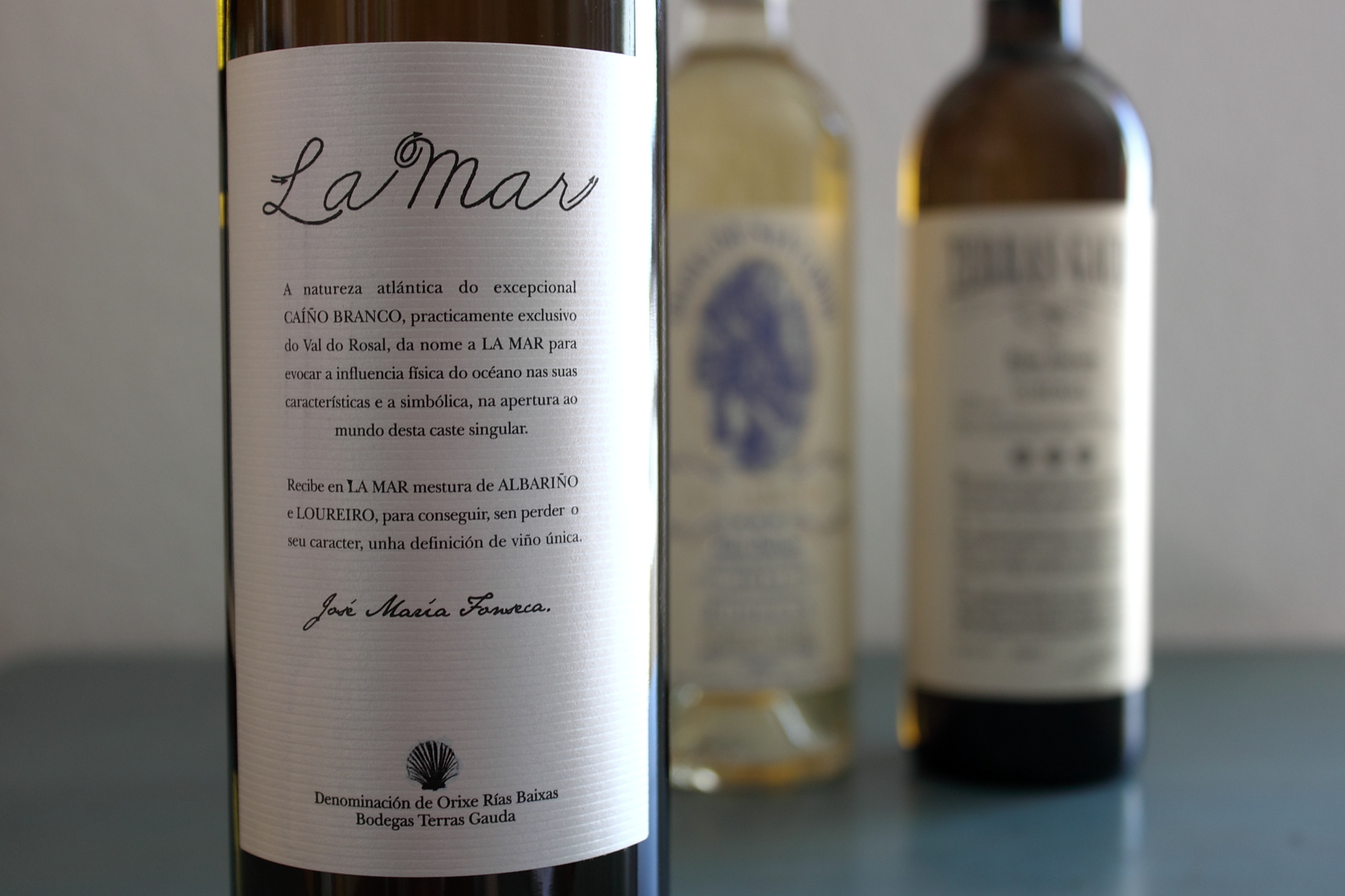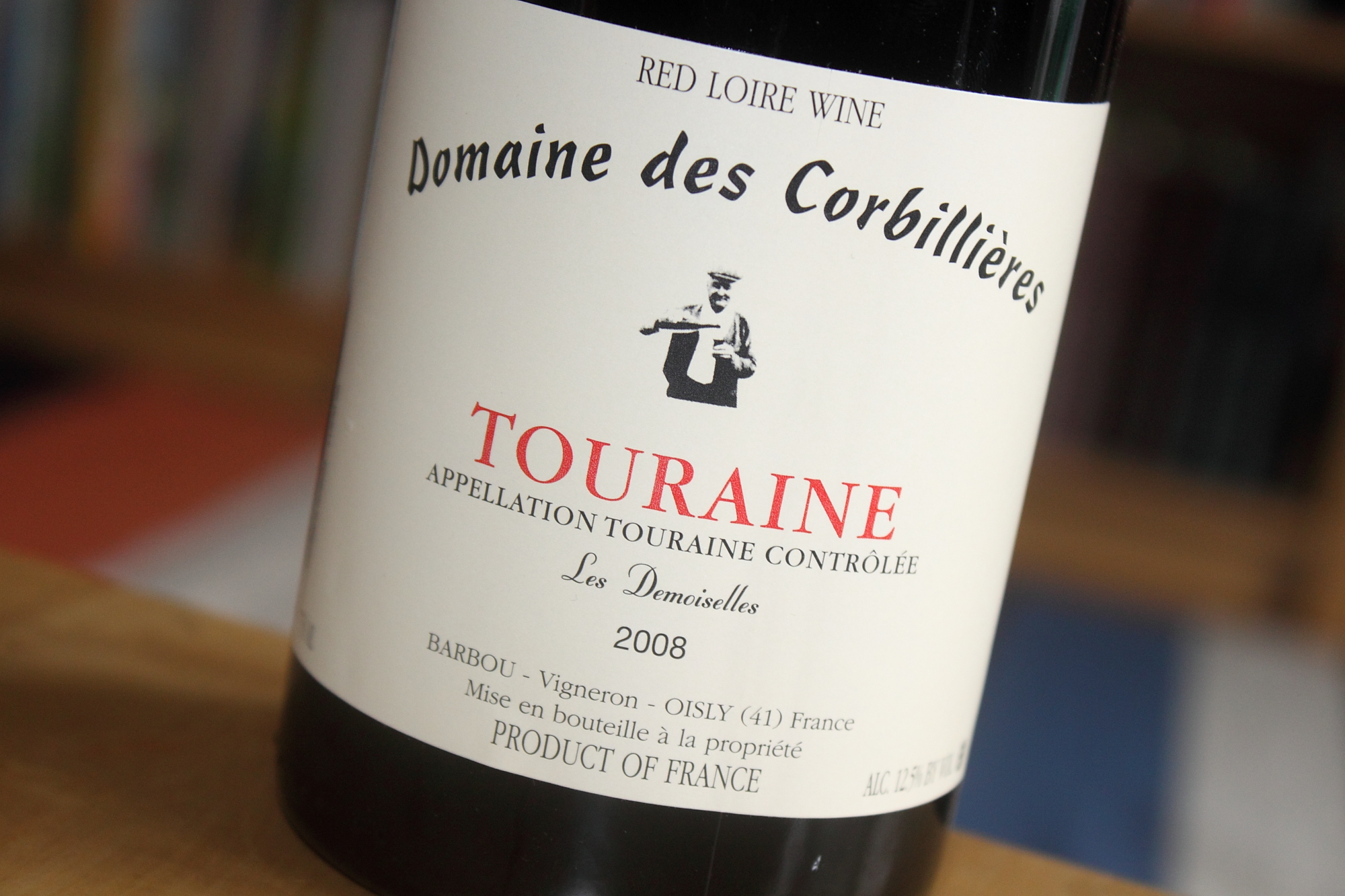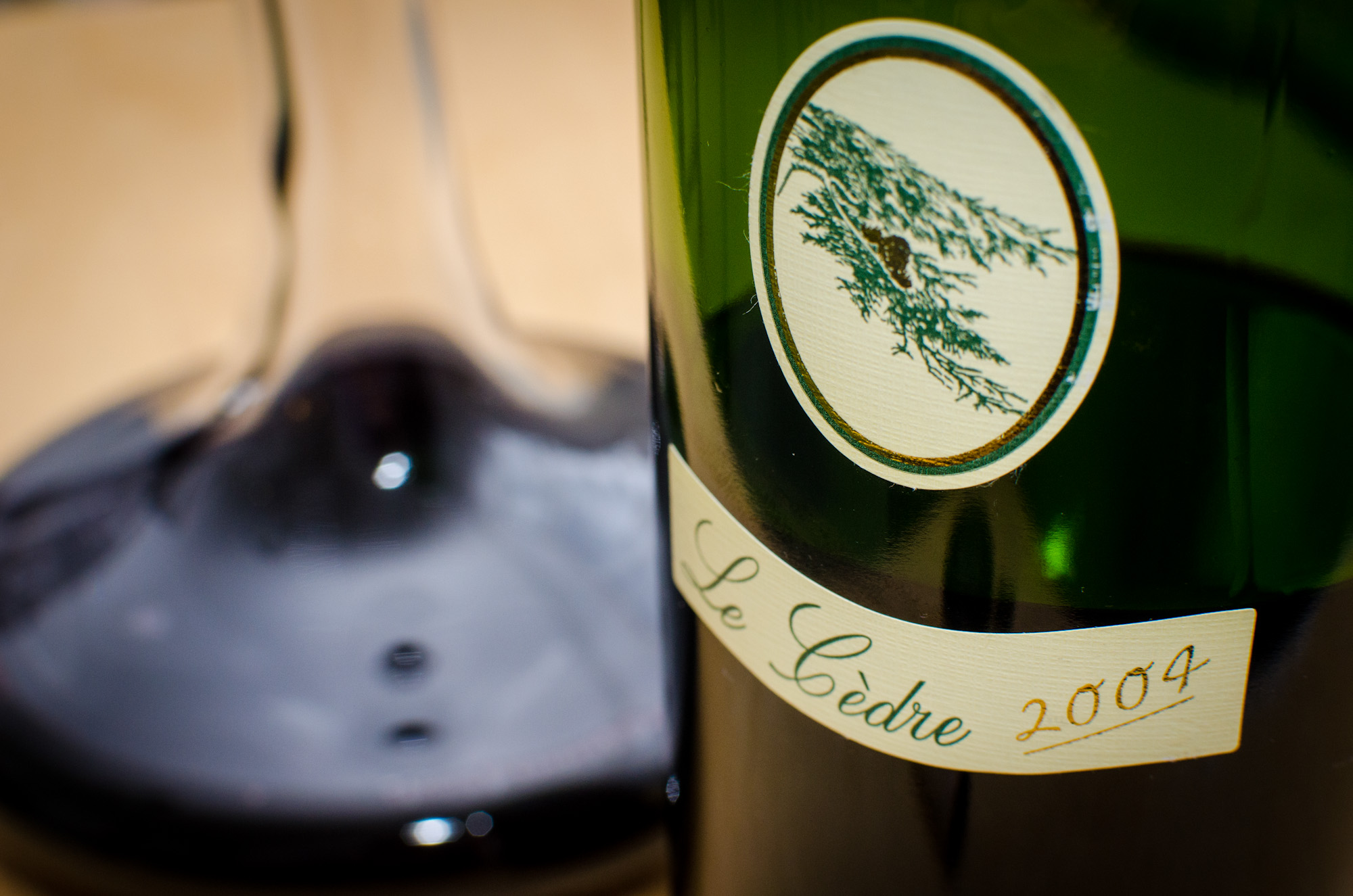Bodegas Terras Gauda, or: So this is what Wine Journalism feels like? A Wine Rambler review
When we first launched the Wine Rambler, we anticipated, rather optimistically, that wineries might at some point in the future might send us samples to review. But we also always insisted, a touch self-defeatingly perhaps, that we would be very strict about ethics and transparency in doing this. And we are. But the good people of the Terras Gauda winery of Spain, which makes and markets a range of wines from different regions of northwestern Spain did not let themselves be deterred by this, much to their credit, and were kind enough to send us a six bottle sample to review. And it fell to the Munich branch of the blog to do it.

How to go about such a task? I decided on the following course of action: I would not research anyone else's reviews, ratings or scores beforehand. I would not research prices either, which means I could not comment on value, but I wouldn't be influenced by it either. I would also not set up a single tasting where I would compare them in a professional setting. Instead, we would drink the wines at Munich HQ, one at the time, over a couple of weeks, like almost anyone who buys them would: On the kitchen table, after a day's work, with food.




